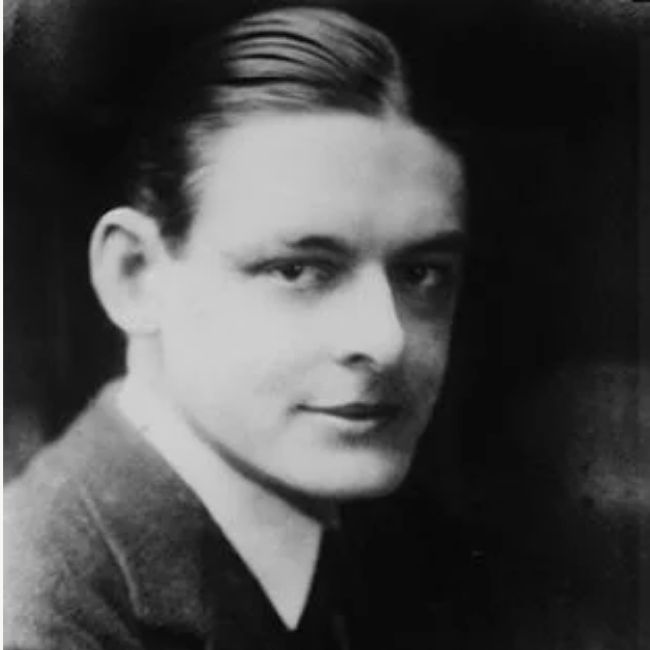
T. S. Eliot : American English Poet
The month of April is known as National Poetry Writing Month or NaPoWriMo. As we celebrate NaPoWriMo, let’s celebrate a poet each day, and understand their way of writing poetry.
T.S. Eliot, the winner of the Nobel Prize in Literature in 1948, is one of the greats of modern literature. He is a poet, literary critic, dramatist, editor, and publisher. “The Love Song of J. Alfred Prufrock” and other important poems were written in 1910 and 1911, when he was still in college.
Harvard!
As an undergraduate at Harvard, T.S. Eliot studied Latin, Greek, German, and French. Arthur Symons introduced him to the poetry of Jules Laforgue and Charles Baudelaire. He learned how to handle emotion in poetry, through irony and a quality of detachment.
During his time at Harvard, T.S. Eliot learned from some of the most important philosophers of the 20th century, like George Santayana and Bertrand Russell. The Ancient sanskrit studies helped him be more righteous. They also helped him understand culture in a more complete way. In college, Eliot was a member of the literary magazine at Harvard, the Harvard Advocate. This was his most productive extracurricular activity.
Paris!
While studying philosophy in Paris, T.S. Eliot wrote Tabulae of Poetry. He took in images of city life from the back streets near the River Seine. In Four Quartets, Eliot gave the most explicit treatment to his thoughts on time and awareness. He went to London for the first time and then went to northern Italy and Munich before going home.
First and the only true love!
T.S. Eliot’s letters to his cousin, Eleanor Hinkley, are some of his most lively, and they show off his youthful wit and sophistication. Through amateur theatre at her house, he met Emily Hale in 1912. He fell in love with her and once planned to marry her, but he never did. Apparently, he never stopped loving her. In the late 1920s, he got back in touch with her. Their relationship lasted for at least two decades or more. It was very classy in every sense of the word.
Legacy of T.S. Eliot!
From 1916 to 1921, he wrote about 100 reviews and articles for different magazines. His first criticism was written at night when he was working extra hours to make ends meet. When Eliot started writing about literature in the 1920s, he also started to write about religion and society, too. A lot of people think of him as a Christian poet who thought a lot about the world between the two World Wars, and that’s true.
He was drawn to the theatre from the start. His early poems are mostly dramatic. In the late 1940s and early 1950s, he mostly worked on plays. His goal was to bring poetry back to life in a way that would make sense in the modern world. He tried to use language that, even though it sounded like modern speech, was still poetic in the end.

Curious Times is a leading newspaper and website for kids. We publish daily global news aligned to your learning levels (also as per NEP 2020): Foundational, Preparatory (Primary), Middle and Senior. So, check out the News tab for this. We bring kids’ favourite Curious Times Weekly newspaper every weekend with top news, feature stories and kids’ contributions. Check out daily JokesPoke, Tongue Twisters, Word of the Day and Quote of the Day, kids need it all the time.
ME – My Expressions at Curious Times is your place to get your work published, building your quality digital footprint. And it is a good way to share your talent and skills with your friends, family, school, teachers and the world. Thus, as you will step into higher educational institutes your published content will showcase your strength.
Events, Quizzes and Competitions bring students from over 5,000 schools globally to participate in the 21st-Century themes. Here schools and students win certificates, prizes and recognition through these global events.
Sign-up for your school for FREE!
0 (Please login to give a Curious Clap to your friend.)
SignUp to Participate Now! Win Certifiates and Prizes.

Login/Signup